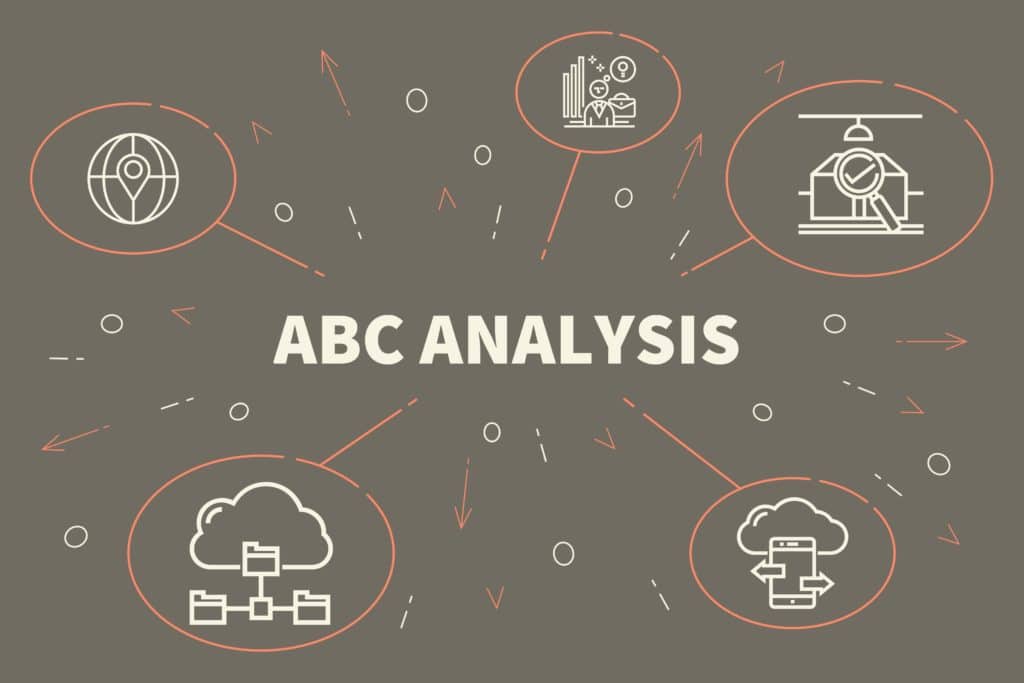As mentioned in the previous article, not only CPA reduces the costs incurred by an entity, But even ABC can also help to manage cost by identifying the sources of profit and loss, and by enabling more accurate pricing and budgeting decision. It is a method of assigning overhead and indirect costs to products and services based on the activities they consume.
The term Activity based costing is a contemporary costing system which tracks the costs incurred by the entity based on a meaningful apportionment. The main advantage of this system is that every cost can be justified with their basis of apportionment. Modern entities can exercise high level of control on costs and cost centres can be easily identified with the help of the system.
Traditionally business tried to classify every cost incurred only through the prism of material input. This system proves useful only if all costs are incurred due to change in volume and those costs which can be tracked through the output are variable costs and others are fixed costs. Once if a cost is determined as fixed it is presumed that it always remains constant and cannot be changed. Such costs are classified as overheads.
Conventional systems allocate the overheads to the products on a blanket basis which is not an appropriate measure as all overheads costs allocation cannot be justified only based on one factor. The conventional system of cost allocation is suitable only in short run as only few factors could be altered during the period. Hence, to overcome the difficulty of the traditional system of overheads allocation, current ABC system came into picture.
Under Activity based costing system, all the overheads costs are allocated based on a reasonable allocation which is called as “cost driver”. Cost driver refers to the factor which drives the cost, and which remains as the predominant factor for the cost to be incurred. Under this method every cost incurred can be justified as there exist a driver for the same. To control the costs, the driver rate consumption should be reduced. By identifying a suitable driver, all costs can be controlled irrespective of the fact that it is incurred with the movement of volume of goods.
There are various steps for making ABC system successful are as follows:
- Identify the costs being incurred.
- Identify the cost pool (The overhead being incurred)
- Identify the appropriate driver for the costs.
- The cost driver should be kept in control so that there is no excess overhead cost incurred.
The important assumption of the ABC system is that the business survives in the long run so that the driver influencing the cost might be controlled.
To illustrate, let us take up some situation with numerical examples
Situation 1: The rent paid by the business entity might seem to be a fixed cost as per conventional system as it is not influenced by the volume. But ABC suggests that if the business survives in the long run, it is possible for the business to reduce the square feet of land/building thereby reducing the rent cost.
For example, if an entity incurs Rs 10Lakhs as monthly rent for 10,000 square feet of a land and it is found that for the quantum of activities by the entity, 6,000 square feet is enough, then the entity shall cancel the existing contract and sign a fresh contract 6,000 square feet only thereby saving a cost of Rs 4Lakhs
Situation 2: Office electricity might be a fixed cost as per traditional system as it has nothing to do with the volume ultimately being produced. But with the units required for the size of entity, the electricity units can be controlled thereby making the electricity costs flexible.
For example, if an entity incurs Rs 1Lakh as monthly electricity bill for 1000 units and it is found that for the quantum of activities by the entity, 750 units are enough, then the entity shall save the electricity for 250 units and thereby saving electricity cost according to the unit rate applicable for the slab rate.
Situation 3: Computers repair cost might be a fixed cost according to traditional system of costing as there is no relation for the cost with the volume produced. But by understanding the computer system that are getting scraped easily, the entity can dispose of such electronic items rather than incurring the repair costs on a frequent basis.
For example, if an entity incurs Rs 1Lakh as monthly repair bill for 10 computers and it is found that for the quantum of activities by the entity, those 10 systems are not required entity shall dispose of those system and thereby saving the electricity costs.
All the above cost reductions are not possible in a traditional system as all above three costs does not reduce based upon the volume of output, but all the activity rates are dependent upon the volume of output which traditional system fails to capture and the entity continues to incur such costs
There could be many such costs which can be mad flexible with the help of the Activity based costing. ABC implementation can help the firm to understand the various costs involved, which will in turn enable them to analyse the cost, identify the value-added and non-value-added activities, implement the improvements, and realize the benefits. This is a continuous improvement process in terms of analysing the cost, to reduce or eliminate the non-value-added activities and to achieve an overall efficiency.

(This article is written by Adithya Devarajan, Audit executive at R V K S And Associates)
